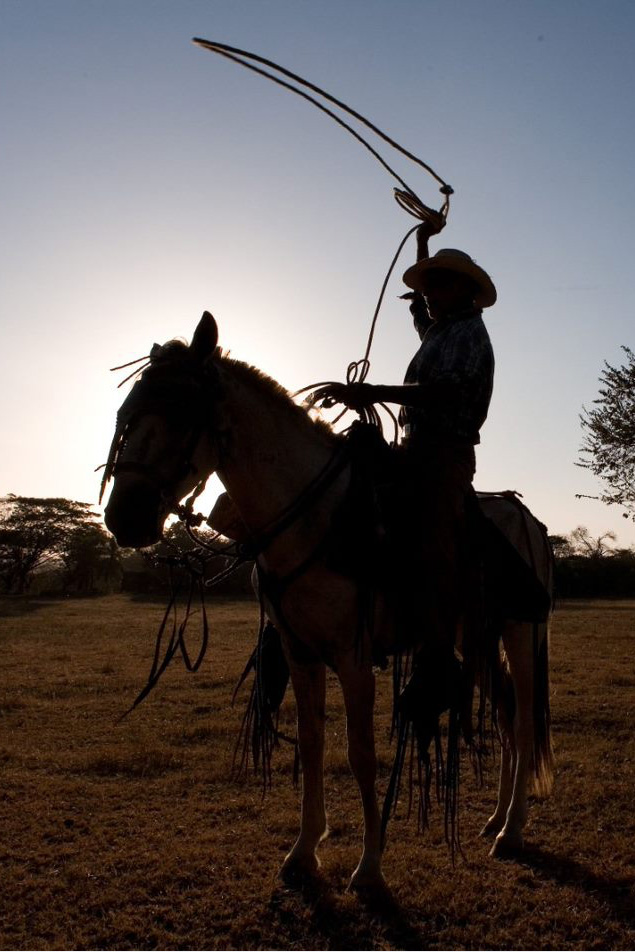Nicoya honey
2023 Harvest
As everyone knows, weather this year has been a little crazy all around the world. This dry season in Costa Rica hasn’t been very dry at all, and that is extremely strange for the Nicoya Peninsula. Usually these months are arid, dusty and parched. Summer season is the only time of year where we can harvest honey because it’s when bees are busy making this magical syrup, and therefore the only time in the year when they have excess supplies.
Rain has been very present for almost the entire month of march which bloomed green grass, colorful flowers and lots of perfumed trees for the bees to explore. As a result of this rainy summer, this years honey harvest is unbelievable! Clearer than ever, very aromatic and with intense golden colors. Every batch is different, making it very hard to discover our favorite 2023 batch.
Nicoya Honey
The town of Nicoya is considered the oldest in Costa Rica, it is popularly known as “the colonial city”. Its name is due to the tribe that reigned prior to the arrival of the Spanish in 1520, it is said to come from the Nahuatlas words Nicúa, Necoclau or Necocyanh, which means surrounded by water. It is believed that the name defined the entire country of Costa Rica, but in the end only Nicoya was baptized with the name.
Nicoya’s climate is very dry, hot, and during its “winter” season it becomes humid with its afternoon rains. Its landscapes have tropical vegetation thanks to its sub-humid climate. The highest hills in this town are Cerro Azul (1018 masl), Cerro Frío (756 masl) and Cerro Pozo (755 masl).
Nicoya has a very wide variety of fauna where we can find coyotes, cusucos, saínos, white-faced and congo monkeys, manigordos, pumas, deer, tolomucos, tigrillos, beñero lion, iguanas, etc. and almost infinite types of birds.
Among the most common trees in the area are the Saino, Cortez Amarillo, Cortez Negro, Laurel, Guácimo, Gallinazo, and Espavel.

Saino
Scientific name: Caesalpinia eriostachys
Its trunk does not go unnoticed, due to the many and varied roots that are entangled to create its trunk that cover it from the base to the thickest branches, as if they were thin trunks fused together.

Laurel:
Scientific name: Laurus nobilis
It is a tree best known for the benefits of its leaf, which is used for remedies and in cooking recipes. This tree has yellow 4-petal flowers that appear in the months of March and April.

Cortez Negro:
Scientific name: Handroanthus impetiginosus
It can reach up to 30 m in height and diameters of up to 50 cm, with profuse lilac blooms and attempted pink tones, which makes it very attractive and is quite popular in landscaping design.

Guácimo
Scientific name: Guazuma ulmifolia
This species adapts to various environmental conditions, from sea level to 1000 meters in height. The fruit is a capsule similar to a grape with a purple and spiny black color.
Cortez Amarillo
Scientific name: Tabebuia ochracea
It has spectacular yellow flowers during the dry season, it is famous for its hard and heavy wood. It can reach 25m in height.
Gallinazo
Scientific name: Schizolobium parahybum
It reaches heights of up to 35m, its wood is soft and light. Small yellow flowers appear between January and March
Espavel tree / cashew tree
Scientific name: Anacardium excelsum
It is a very large tree and its leaves are simple and alternate with white-yellow flowers and sometimes creamy-pink.
We hope you have learned more about the characteristics of the region where that honey you bought comes from!
Enjoy!
The world of honey is wonderful!
There are several factors that affect honey’s color and flavor, however, the main factor is the collection of nectar from bees, they visit around 50 to 100 different flowers on each one of their trips. The honey process is extremely interesting and it’s an excellent example of good teamwork. The bees go through 4 crucial steps until they reach the decadent syrup.
THE WORKER BEES COLLECT NECTAR
When the working bees finally find the nectar they want, they use their proboscis (elongated appendix located on the head) to suck the sugar from the flowers. With a little saliva from the bee, it is stored in a special sac in the stomach, when this sac is full the bee returns to its hive to leave all the nectar.
THE NECTAR IS SENT HOME
As honey passes from one bee to another, the enzymes in their saliva change the pH and other chemical changes occur. At this stage the mixture contains a lot of water so the bees work to dry it little by little.
DEHYDRATE THE HONEY
Some water is removed while the honey is passed from bee to bee, but what dehydrates the honey the most is when it is passed into the honeycomb. When the bees spread the honey in the hexagons, as it has more space, honey can evaporate its water particles faster. Something incredible about this process is that thanks to the constant movement of the bees’ wings there is a constant air flow that causes the water content in the honey to go from 70% to 17-20% at most.
THE HONEY IS STORED IN THE HONEYCOMB
The last step is how the honey is stored. When the honey is in its respective hexagon, the bees cover it with wax that they make. This is to maintain the freshness of the honey until the moment that they decide to feed from it. Or in another case, when us humans decide to harvest it. It is an amazing teamwork!

